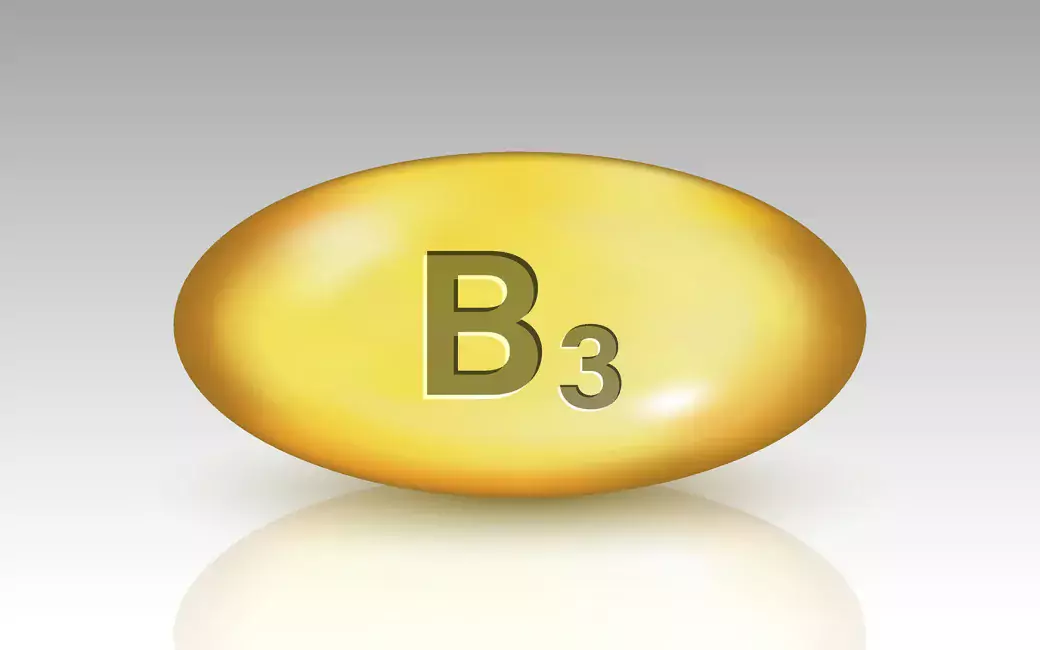A form of vitamin B3, niacin, was found to prevent cancer-related weight loss and muscle wasting, i.e., cancer cachexia, and the underlying mitochondrial alterations in mouse experiments. The finding encourages investigating vitamin B3 as a potential treatment option for human cancer cachexia.

Cancer patients experience weight loss and muscle wasting, known as cachexia, which reduces the quality of life, impairs the effectiveness of cancer treatments and increases mortality. However, no cure for cancer cachexia exists. Another challenge is the complicated diagnosis of cachexia: the early detection of muscle loss is not possible with current methods, meaning that cachexia can only be identified after significant weight loss. Therefore, it is crucial to develop new treatments and diagnostic methods to improve the prognosis of cancer patients.
Cancer cachexia has previously been characterised by dysfunction of mitochondria, which power the cells. A recent collaborative study with research groups from the University of Helsinki and the Universities of Turin and Padua (Italy) identified a new disease mechanism for cancer cachexia in mice: decreased levels of NAD+, the central molecule for mitochondrial metabolism, in muscle and the liver.
The most pronounced NAD+ deficiency was observed in mice with severe cachexia, whereas mice with milder cachexia showed a minor depletion of NAD+. Thus, NAD+ could potentially be used as a marker for cachexia, offering a new diagnostic tool to identify cancer patients with muscle loss.
Correcting NAD+ deficiency with its precursor, vitamin B3 form niacin, prevented weight loss and muscle wasting and improved mitochondrial metabolism in cachectic mice.
"NAD+ metabolism has previously been studied, for example, in mitochondrial myopathies, where vitamin B3 form niacin has improved muscle health in patients. But this is the first time that the increasing NAD+ levels are shown to mitigate cancer-related muscle loss," says Associate Professor Eija Pirinen.
Could vitamin B3 be a treatment for cancer cachexia in the future?
The study also showed the first evidence of NAD+ metabolism disturbances in human cancer cachexia. Expression of the NRK2 gene, which is involved in NAD+ biosynthesis, was downregulated not only in the muscle of cachectic mice but also in the muscle of cachectic cancer patients. Patients with low muscle NRK2 expression showed metabolic changes that clearly differed from patients with normal NRK2 gene expression. Thus, NAD+ metabolism may play an important role in the development of cancer cachexia in humans.
The findings of this study are currently being implemented in practice. The research group of Eija Pirinen has started a collaboration with the esophageal and oropharyngeal cancer surgeons at HUS.
"The aim is to find out whether NAD+ depletion also occurs in human cancer cachexia. If the depletion is observed, we could test NAD+ precursors, vitamin B3s, as a treatment option for cancer patients suffering from cachexia," says PhD student Noora Pöllänen.
This study was published in the journal Nature Communications.
Original article: Beltrà M, Pöllänen N, Fornelli C, Tonttila K, Hsu MY, Zampieri S, Moletta L, Corrà S, Porporato PE, Kivelä R, Viscomi C, Sandri M, Hulmi JJ, Sartori R, Pirinen E, Penna F. NAD+ repletion with niacin counteracts cancer cachexia. Nat Commun. 2023 Apr 3;14(1):1849. doi: 10.1038/s41467-023-37595-6.






